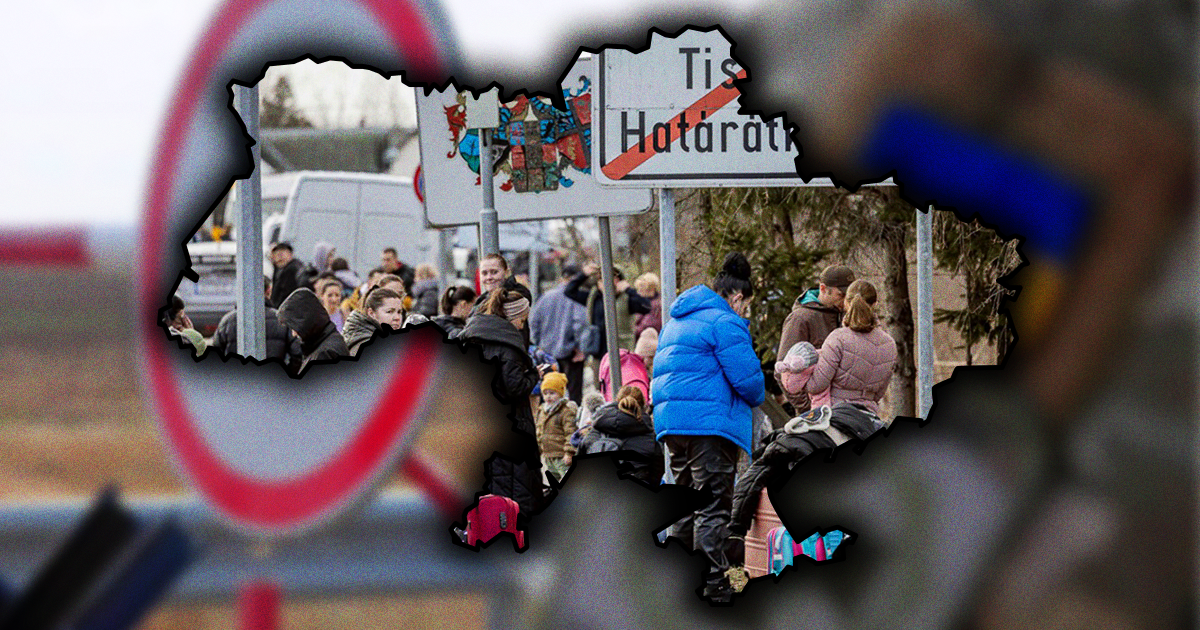As of June 2023, 8,177 mln citizens of Ukraine stayed abroad. It is about 20% of the country’s population before February 24, 2022. The data comes from the Ukrainian Ministry of Foreign Affairs, provided to the request of Civil Network OPORA. However, there are no precise numbers of Ukrainian migrants abroad because different institutions use different counting methodologies. OPORA analyzed and compared all available data in order to get as accurate indicators as possible.
An important source of information about the current number of residents of Ukraine can be data from mobile operators. According to the National Commission for the Regulation of Communications, as of June 2023, there were 48.3 million active mobile network cards in Ukraine. Since the Commission’s report indicates that on average there are 143 SIM cards per 100 residents of Ukraine, it can be assumed that presently the maximum of 33.8 million citizens live on the territory of our state. Based on the same calculation method, we can assume that the number of residents of Ukraine as of June 6, 2023, compared to December 31, 2021, decreased by more than 7 million people.
According to the Ukrainian State Border Guard Service, the difference between trips outside the country and the entries, from February 24, 2022 to May 1, 2023, is negative. It is 2,686 mln people. In April 2023, the negative migration balance increased by 31,000 border crossings. Moreover, a large wave of outbound travel can be seen during December 2022 — March 2023, when the negative balance increased by more than 1.8 million people. The causes may be related to blackouts and massive Russian shelling at that time.
The number of Ukrainian citizens who had to leave the territory of the country due to the Russian full-scale invasion can be compared with the depopulation during all the years of Ukraine’s independence. From 1991 to February 24, 2022, the population of Ukraine decreased by more than 8 million people. The annual population decline, according to the State Statistics Service, reached more than 420,000 people.
At the same time, international organizations estimate the number of Ukrainians abroad based on information published or received from the authorities of more than 40 countries. In particular, they take into account data on 1.3 million citizens of Ukraine in Russia and Belarus, which is questionable. At present, Ukraine does not know the exact number of its citizens staying on the territory of the aggressor countries. Moreover, Ukraine does not know how many of them left there on their own will, and how many had been forcibly deported by the occupation troops.
From the information published by the Office of the UN High Commissioner for Refugees (UNHCR), it can be assumed that about 6.29 million people left and had not returned from Ukraine since February 24 last year. Since mid-October 2022, this number has been growing. Besides, with no account for Russian and Belarusian data, we must say that from February 24, 2022 to June 26, 2023, 20.64 million departures from Ukraine and 14.34 million entries were recorded.
According to the UN survey (December 2022 — January 2023), 65% of respondents plan to return to Ukraine “some day” but only 12% intend to do so within the next 3 months. Therefore, it is likely that the return of Ukrainians home will require significant efforts from Ukraine and partner states to create favorable security, humanitarian, and economic conditions.
OPORA systematically studies the socio-political attitudes of Ukrainian people abroad and the migration processes of the Ukrainian population after the Russian full-scale invasion. Thus, a sociological survey among Ukrainians in Poland in 2022 showed that they keep a greater connection with Ukraine and Ukrainian socio-political life than they integrate into Polish society. 85% of Ukrainians in Poland plan to return to Ukraine because they had left behind their jobs, housing, family and friends. The key barrier to return is the threat to life. Thus, only 10% of respondents plan to return in the near future, 39% will return when it is safe in their region, and 27% intend to come back when it is safe in the whole country.
This publication was prepared as part of the project “Civil Society For Ukraine’s Post-War Recovery and EU-Readiness” implemented with the financial support of the European Union. Its content is the sole responsibility of the Civil Network OPORA and does not necessarily reflect the views of the European Union.
